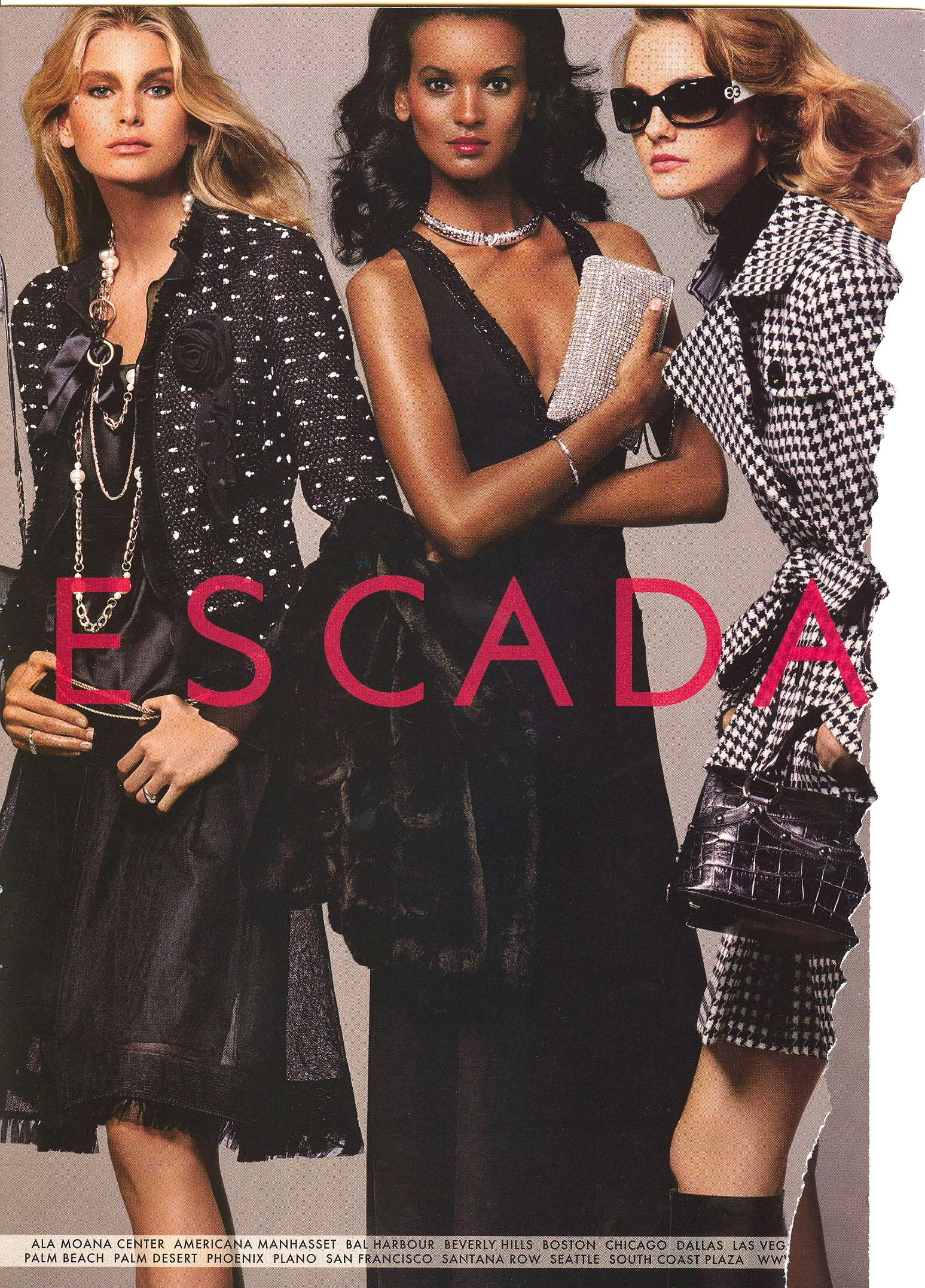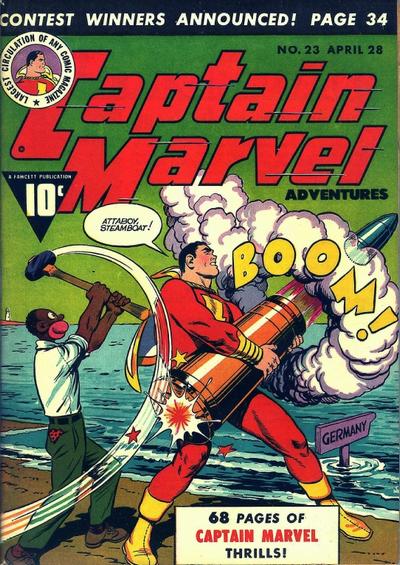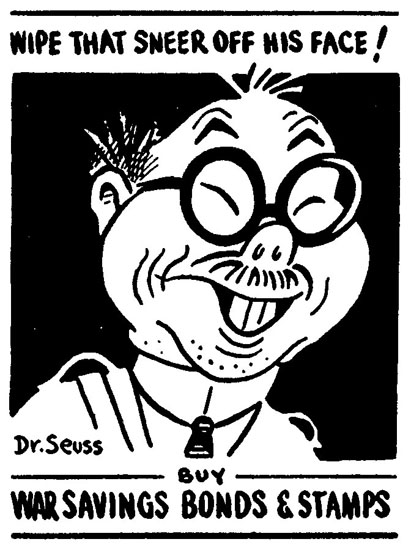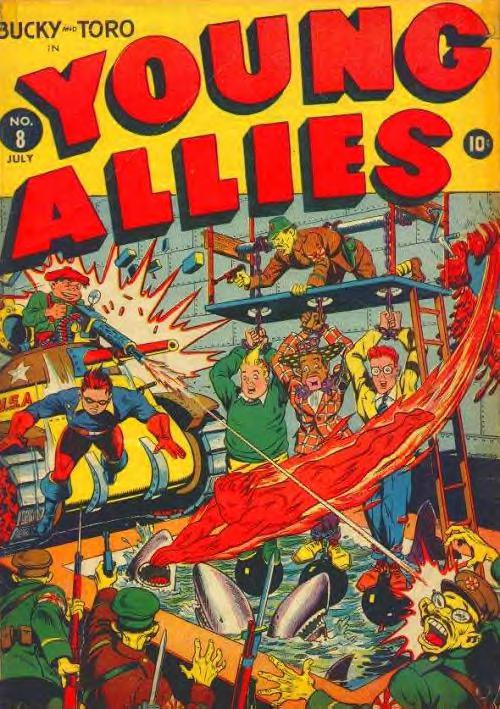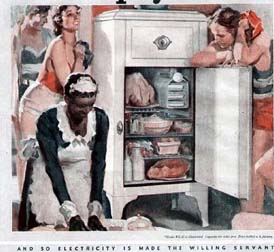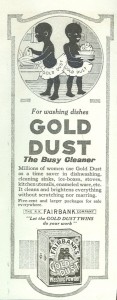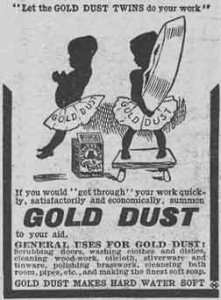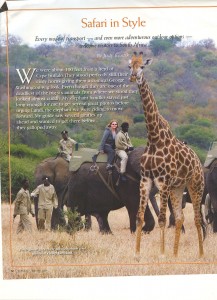Josh M., Christine F., and Eric Q. brought my attention to the Medal of Honor series of video games. As far as I know, this is every version of the game currently on the market (that’s twelve total; all images found at this Medal of Honor website). In the game, you are a U.S. soldier fighting in World War II. Notice anything? In every version of the game, thus far, a white man is featured on the cover. I suppose it’s possible that some of the people in the far background in a couple of the games might be non-White, but I don’t think so. The image here is that World War II was an all-White war (or that gamers will only identify with a White soldier).
It is true that during most of WWII, Black soldiers were segregated in their own units. Initially they were not allowed to fight on the front lines, but that policy changed. According to this National Geographic article, Eisenhower desegregated the army for a while toward the end of the war out of desperation for more soldiers on the front lines. Tuskegee Airmen pilots also flew with White pilots on missions. Voice of America says that over a million Black soldiers served in WWII (about half a million were in Europe).
There were also 22 Asian American soldiers fighting for the U.S., according to this New York Times article. Medals of Honor were belatedly awarded to several in 2000 (though at least some had received Medals at the time of the war, unlike African American soldiers). And the Department of Veteran’s Affairs estimates that up to half a million Hispanic soldiers served (the exact number is unknown because the government did not keep track of “Hispanic” ethnicity in the Armed Forces at that time). Finally, 44,000 American Indian soldiers joined the war effort (and according to the Department of Defense, that was out of a population of only 350,000 at the time).
Ok, so it’s a video game. Fine, whatever. It’s probably not a place to look for accurate depictions of anything. And of course there were more White soldiers in the war (though minorities were over-represented compared to their percentage of the overall U.S. population). But not even one non-White soldier on any of the covers? Really?
On the other hand, no African American soldiers were given the Medal of Honor for service during WWII due to racial discrimination. In 1993 the Army commissioned a study on racial disparities in rates of medal awards and concluded that 7 Black soldiers would be given the Medal of Honor, which they received in 1996. So I guess maybe it’s fitting that they’re missing from the Medal of Honor games.
Thanks to Josh, Christine, and Eric!
Gwen Sharp is an associate professor of sociology at Nevada State College. You can follow her on Twitter at @gwensharpnv.



